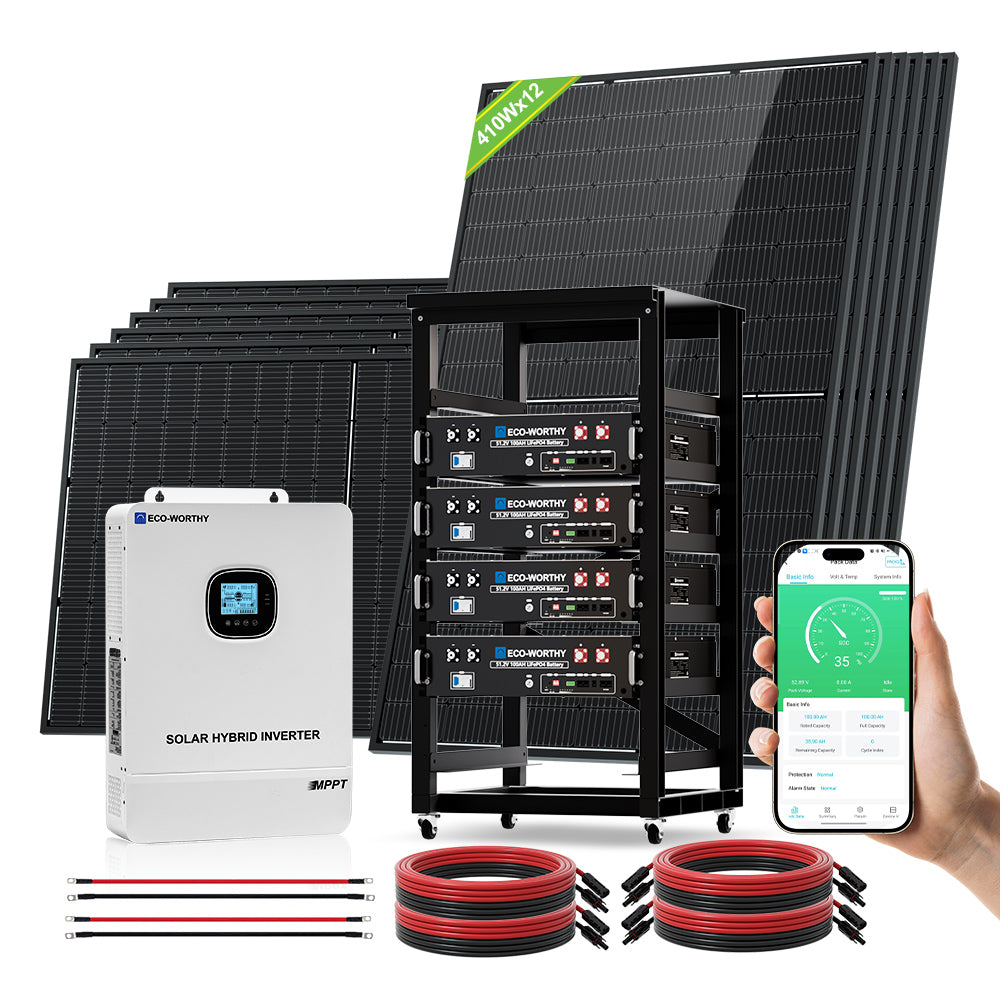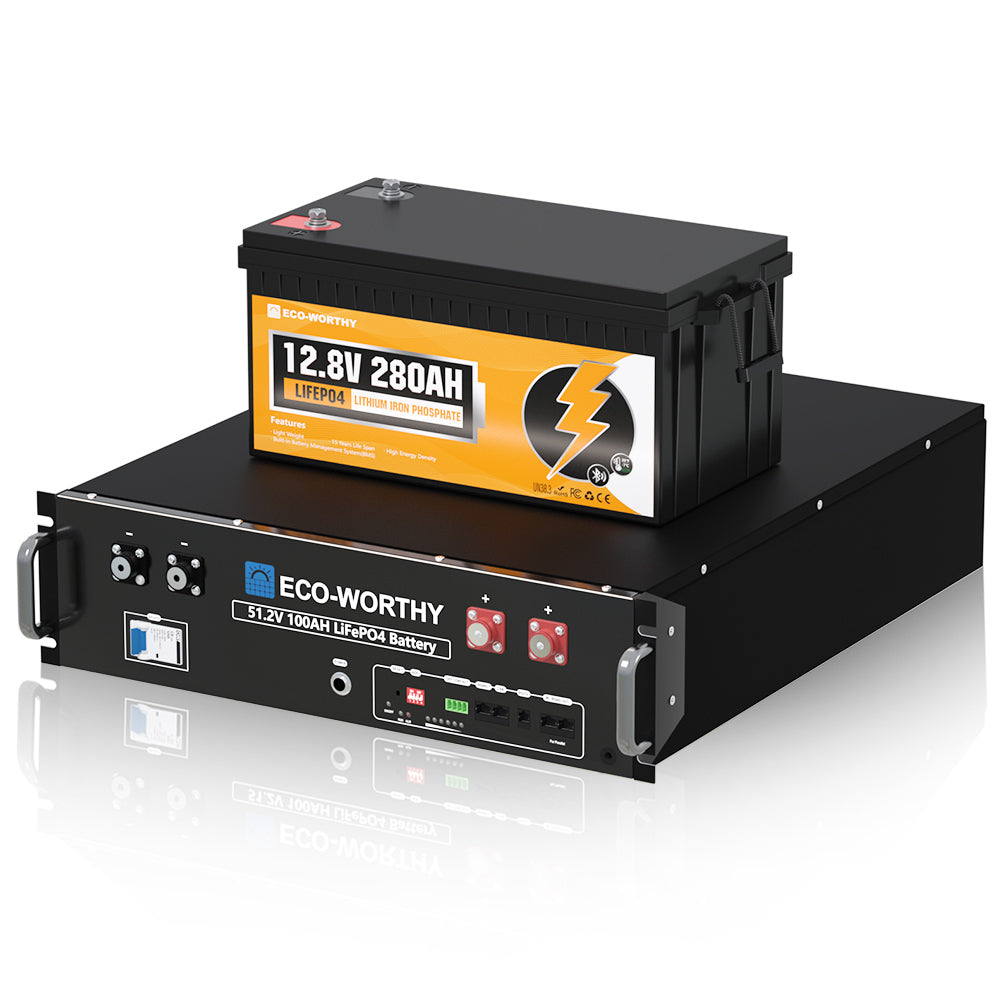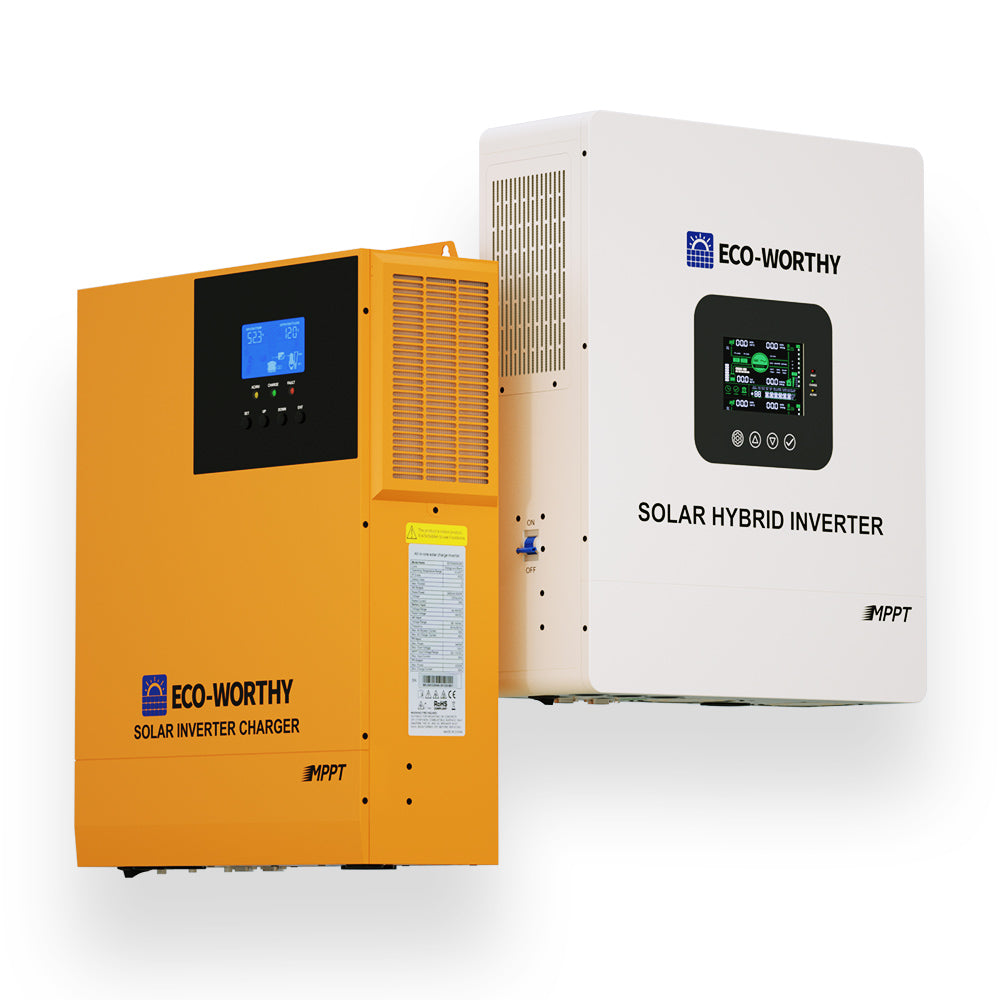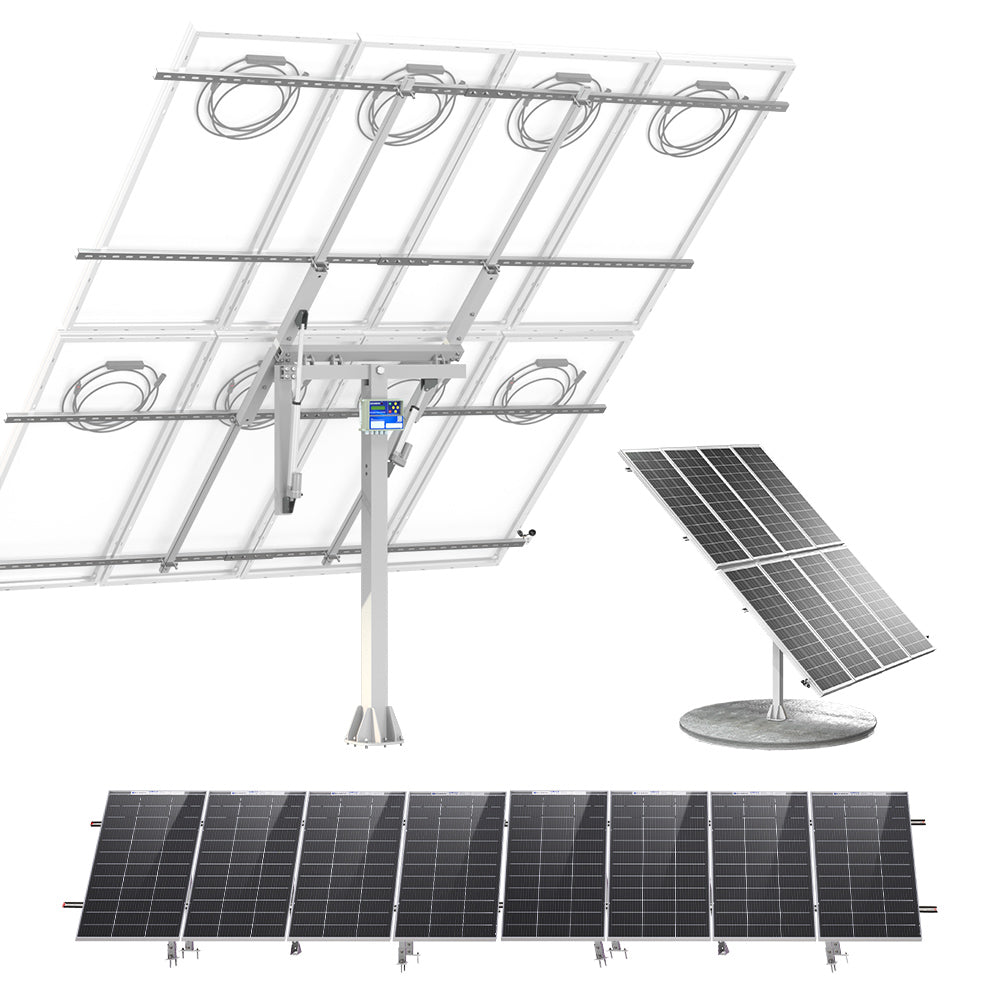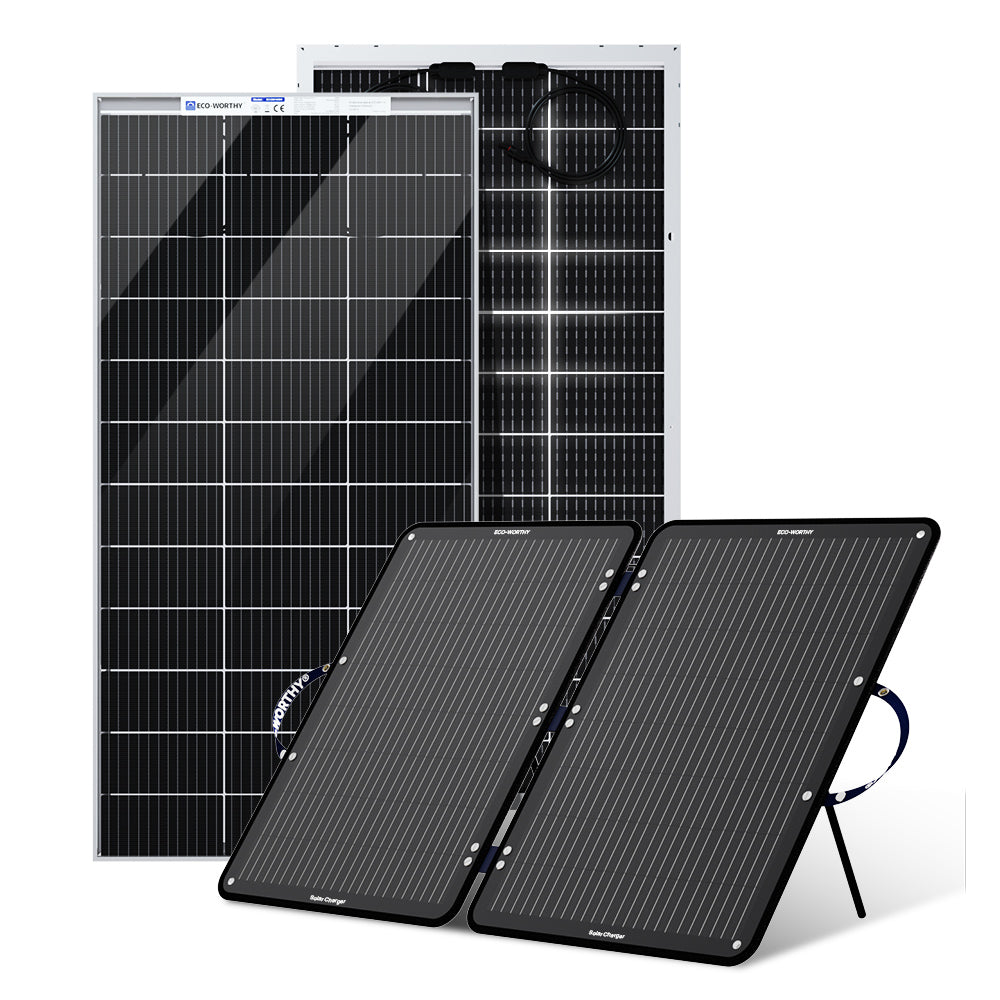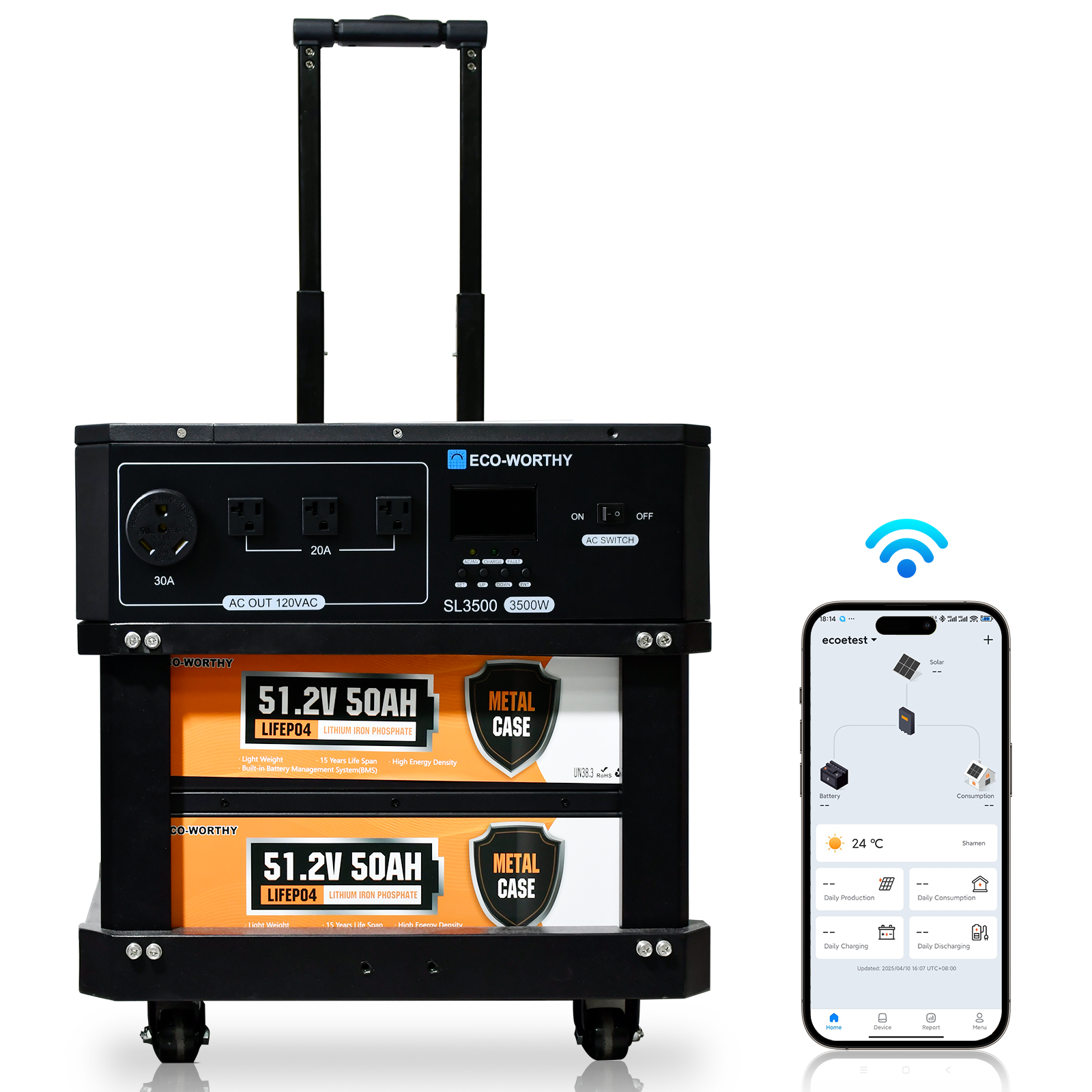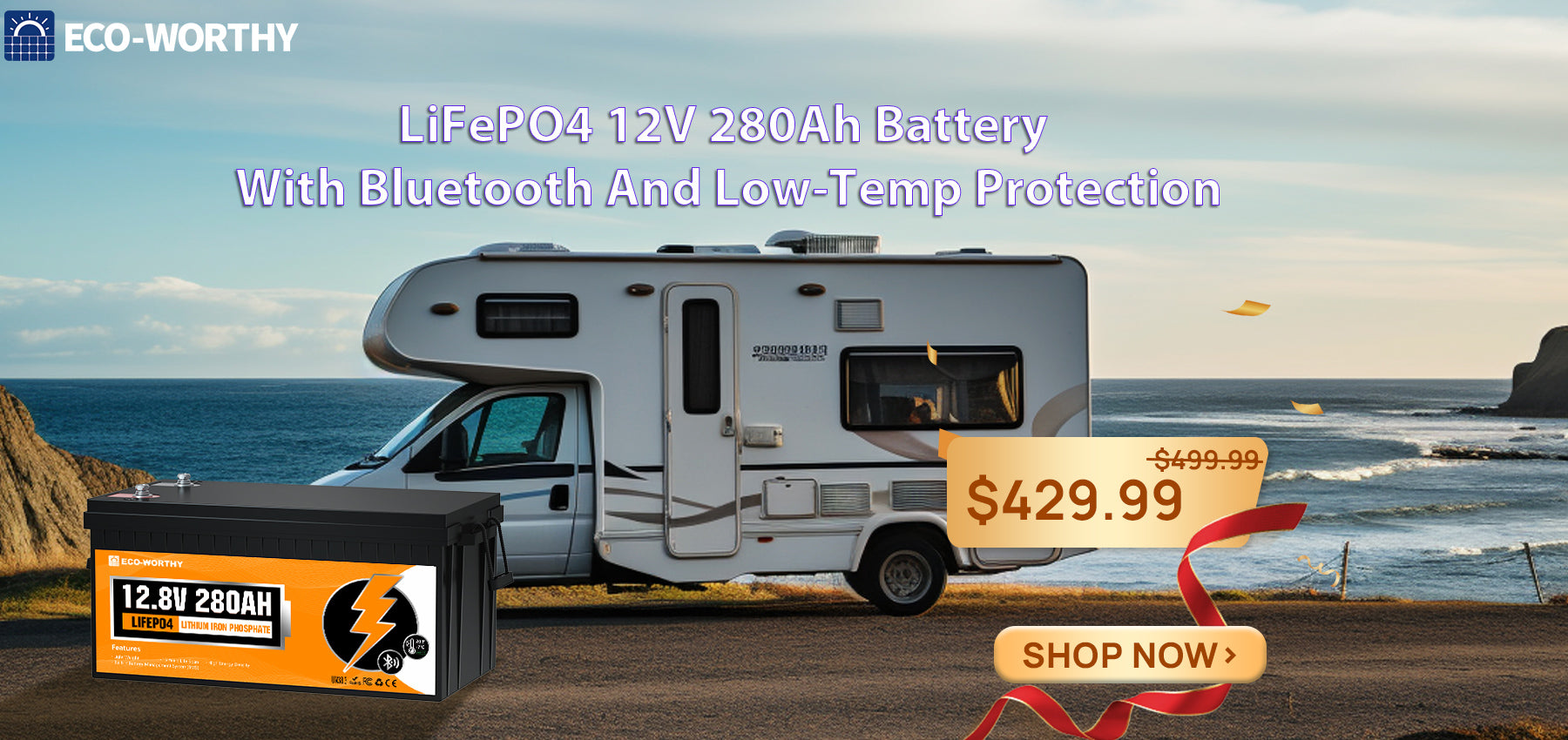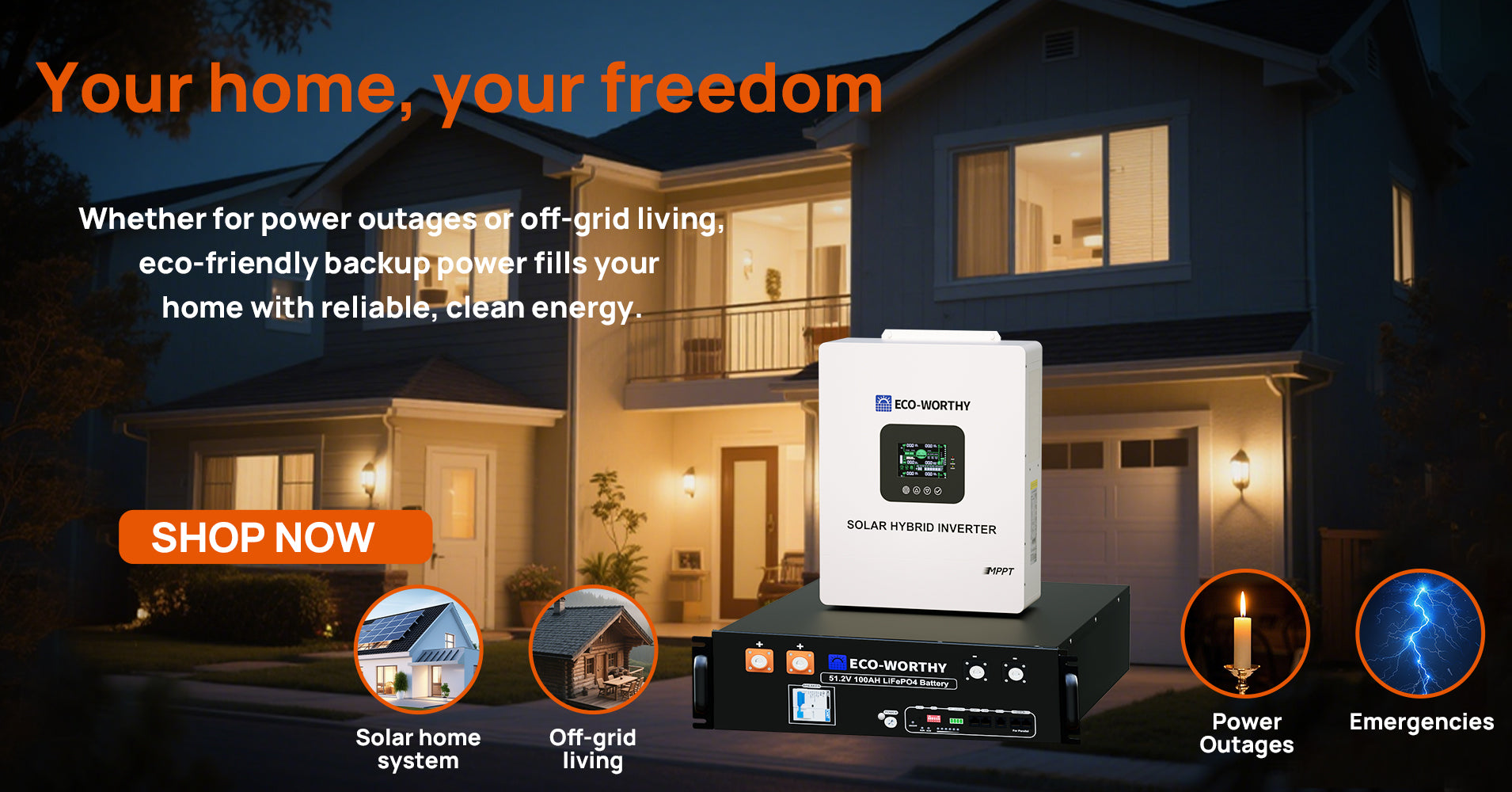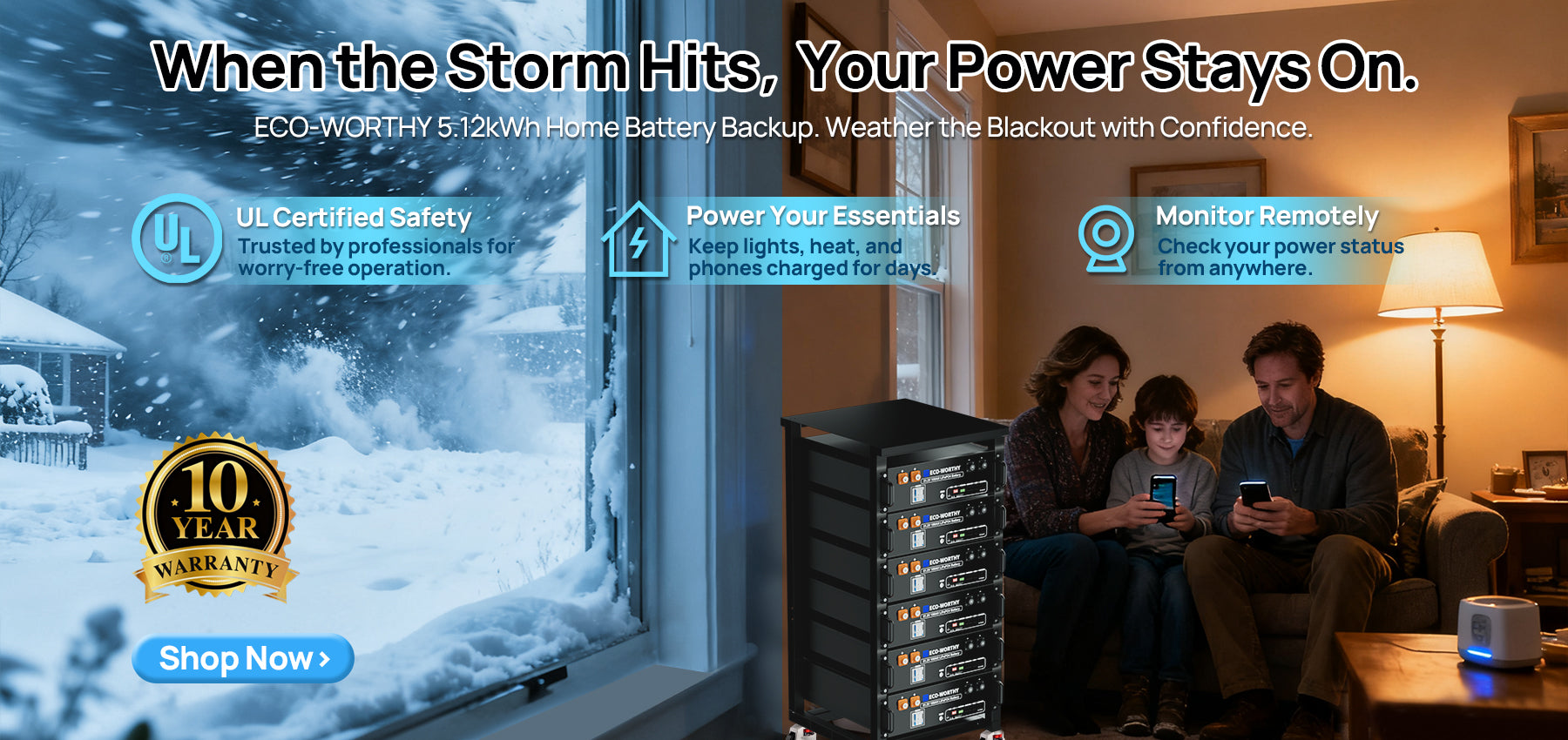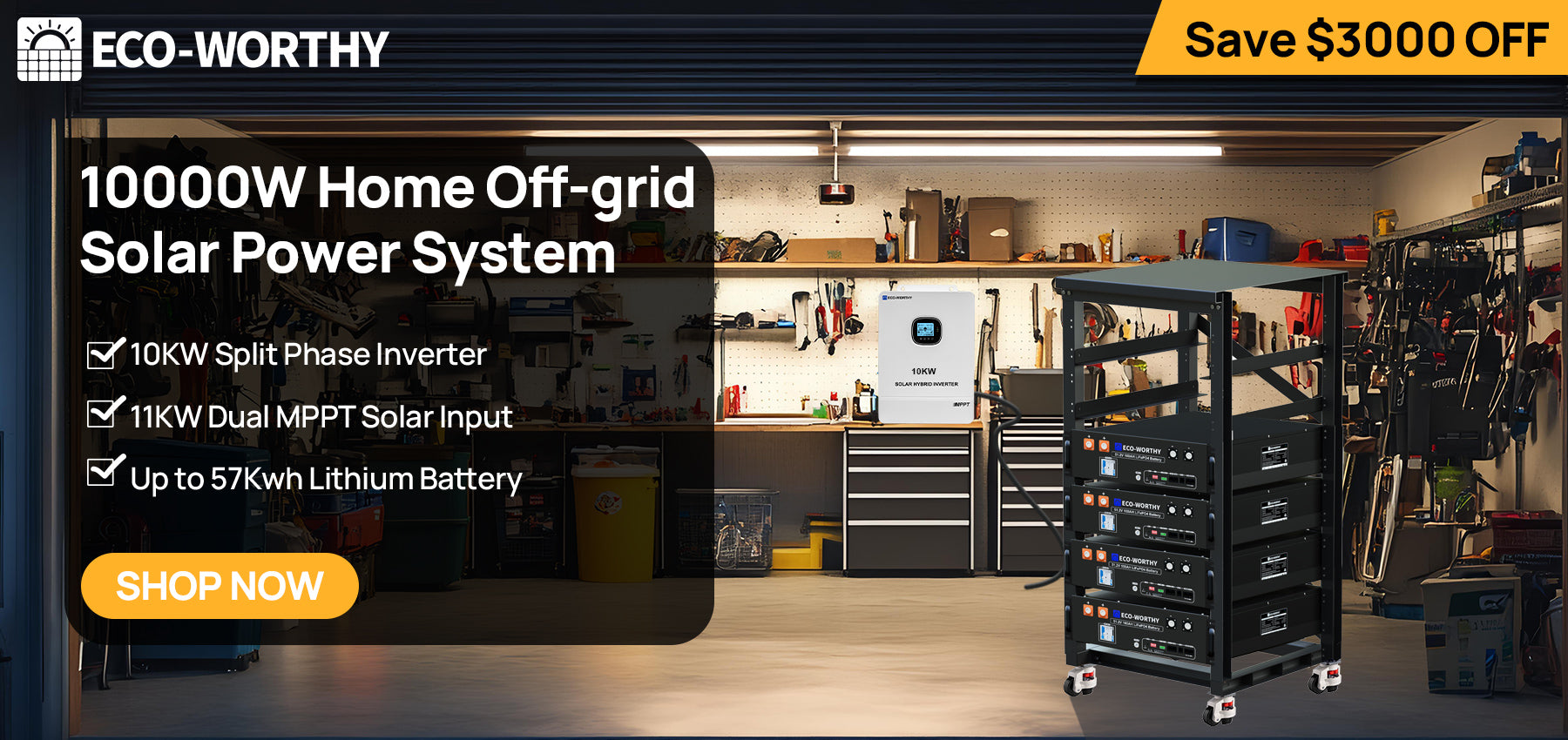Solar Module is also called solar PV Module. Solar Module is to connect the multi-mono solar panels in parallel or in series as needed, and the product is packaged by special materials and specialized production processes.
According to the difference of battery technology, it is mainly divided into crystal silicon batteries, thin film batteries, and condenser batteries. Mono crystal and poly crystals are two types of crystal silicon batteries, distinguishing between lattice arrangements. Simultaneous crystal silicon having a high conversion rate when the crystal silicon photovoltaic is born. Due to the high cost, the poly crystalline is gradually dominated by 10 years ago.In recent years, with the development of distributed photovoltaic development and the demand of efficiency, and the promotion of mono crystal silicon's whole industry chain, the price-effective gap between mono crystal and poly crystalline products is shrinking.
- Main raw materials and components of battery components

Photovoltaic glass: The panel glass used in the battery pack is a low iron ultra-white flush glass. Generally, the thickness is 3.2mm and 4 mm, and the building material type solar cell module is sometimes used to tempered glass with a thickness of 5 to 10 mm, but regardless of the thickness of the light transmitted in 90%.
The low iron ultra-white is that the iron content of this glass is lower than the ordinary glass, thereby increasing the light transmittance of the glass. Ordinary glasses look green from the edge. The tempered treatment is to increase the strength of the glass, resist the impact of the hail, and play a long-term protection of solar cells. After tempered panel glass, the strength of the glass can be increased by 3 to 4 times the general glass.
EVA film: copolymer of ethylene with vinyl acetate. It is a thermoset membrane thermal melt glue, which is a bond material commonly used in solar cell module packaging.
The two-layer EVA film is added to the solar panel, and the two EVA film is sandwiched between the panel glass, the battery and the TPT backplane film. Bind the glass, the battery and TPT together. It can improve the light transmittance of the glass after bonding, which enhances the action of light transmissions, and has gains on the power output of solar cell modules.
Backplane material: The backplane material of the solar cell module can have a variety of options according to the requirements of the solar cell module. Generally, there are several tempered glass, plexiglass, aluminum alloy, and TPT composite film. The TPT composite film has the characteristic of no breathable, good intensity, good weather resistance, long service life, and no change in lamination temperature, and is firmly combined with the bonding material. These features are suitable for encapsulating solar cell modules, which effectively prevents the erosion and influence of various media especially water, oxygen, corrosive gases on EVA and solar cells as the backplane material of the battery pack.
Junction box and bypass diode: Solar battery module special junction box is part of the output cable and an external cable output cable in the battery module.
The role of the bypass diode is to prevent a part of a component or component in the square string is blocked or stopped from being shaded or causing power generation, while also protecting the bypass assembly to avoid being high. Positive bias or damage due to the heat of "hot spot effect".
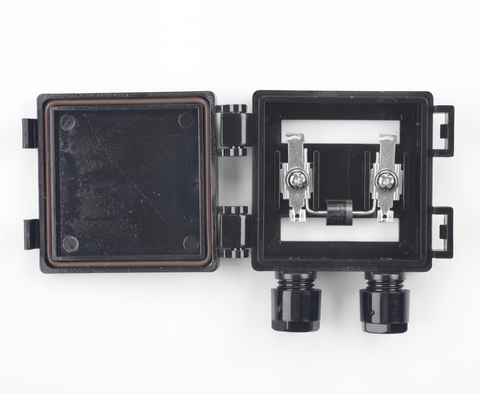
Cell: Crystal silicon solar cells are divided into mono crystal silicon cells and polycrystalline silicon cells. Generally, the positive electrode cable is the negative electrode of the cell, and the electrode cable on the back surface is the positive cable of the cell. The area size of the cell is proportional to the output current and power generation power, the larger the area, the greater the output current and power generation power.
 polycrystalline
polycrystalline
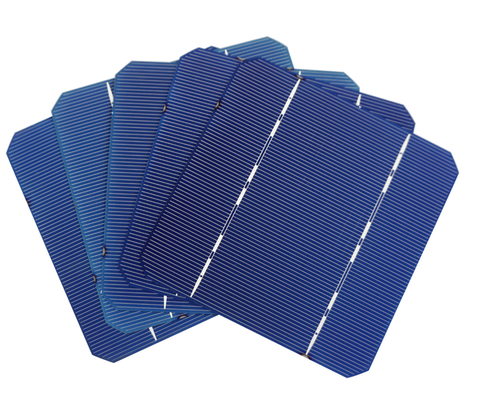 monocrystalline
monocrystalline
2, the difference between mono crystal silicon and polycrystalline silicon battery
Mono crystal cells and polycrystalline cell pre-production processes have some differences from appearance to electrical properties. From the appearance: The four corners of the mono crystal cells are circular, and there is no pattern of surface; the polycrystalline cells are four corners of the square angle, and the surface has a pattern similar to ice flowers.
For users, mono crystal cells and polysilicon cells are not very different. Although the average conversion efficiency of the mono crystal cell is about 1% higher than the polysilicon cell. The life and stability of mono crystal cells and polysilicon cells both are very good. Further, since the manufacturing process of the two solar cell materials is different, the energy consumed in the manufacturing process of the polysilicon solar cell is less than the mono crystal cell, so the polysilicon solar cell accounted for the total output of the global solar cell, and the manufacturing cost is also less than mono crystal cell, so use polysilicon solar cells will more energy efficient and more environmentally friendly.
3, component square
Solar cells are connected in series, in parallel and both series and parallel mix several ways. When the battery module performance of each monomer is consistent, the series connection of the plurality of battery packs can increase the increase in the array output voltage in the case where the output current is not changed; When the components are connected in parallel, the output voltage of the array is increased when the output voltage is not changed, and the output voltage of the square array can be increased when the output current is not changed; when in series and parallel is mixed, and the output current voltage of the array both can be increased. However, the square array combination connection should follow the following principles:
(1) The components of the working current are required in series, and the second poles are connected in parallel to each component;
(2) The same components of the working voltage are required and connected to the anti-charge diode in each parallel line;
(3) Try to consider the shortest component connection cable and use a coarser cable;
(4) Strictly prevent cellular components that are not good to mix into the whole square.

